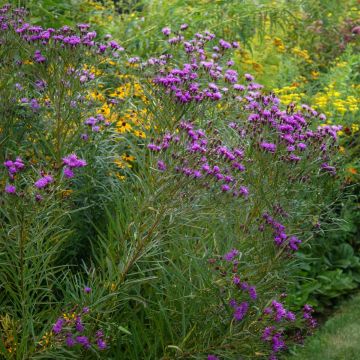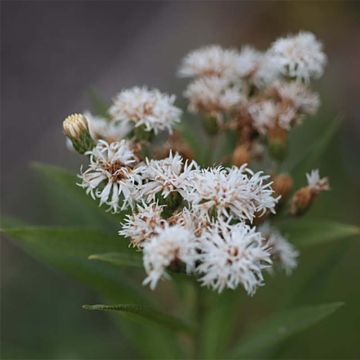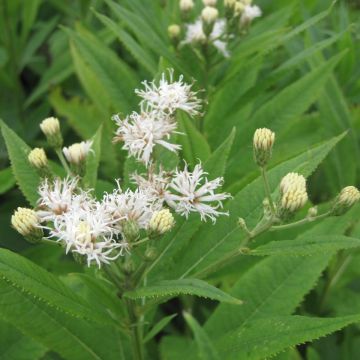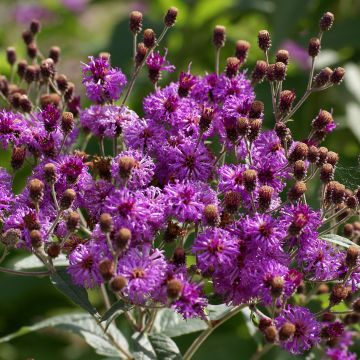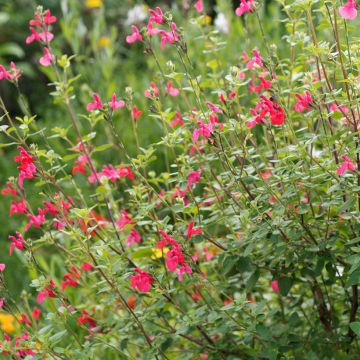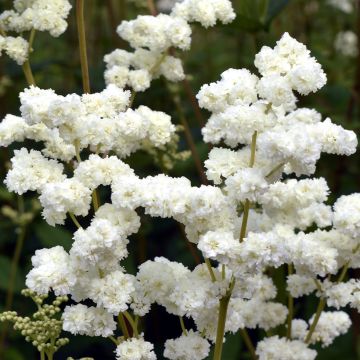

Vernonia gigantea - Vernonie géante


Vernonia gigantea - Vernonie géante
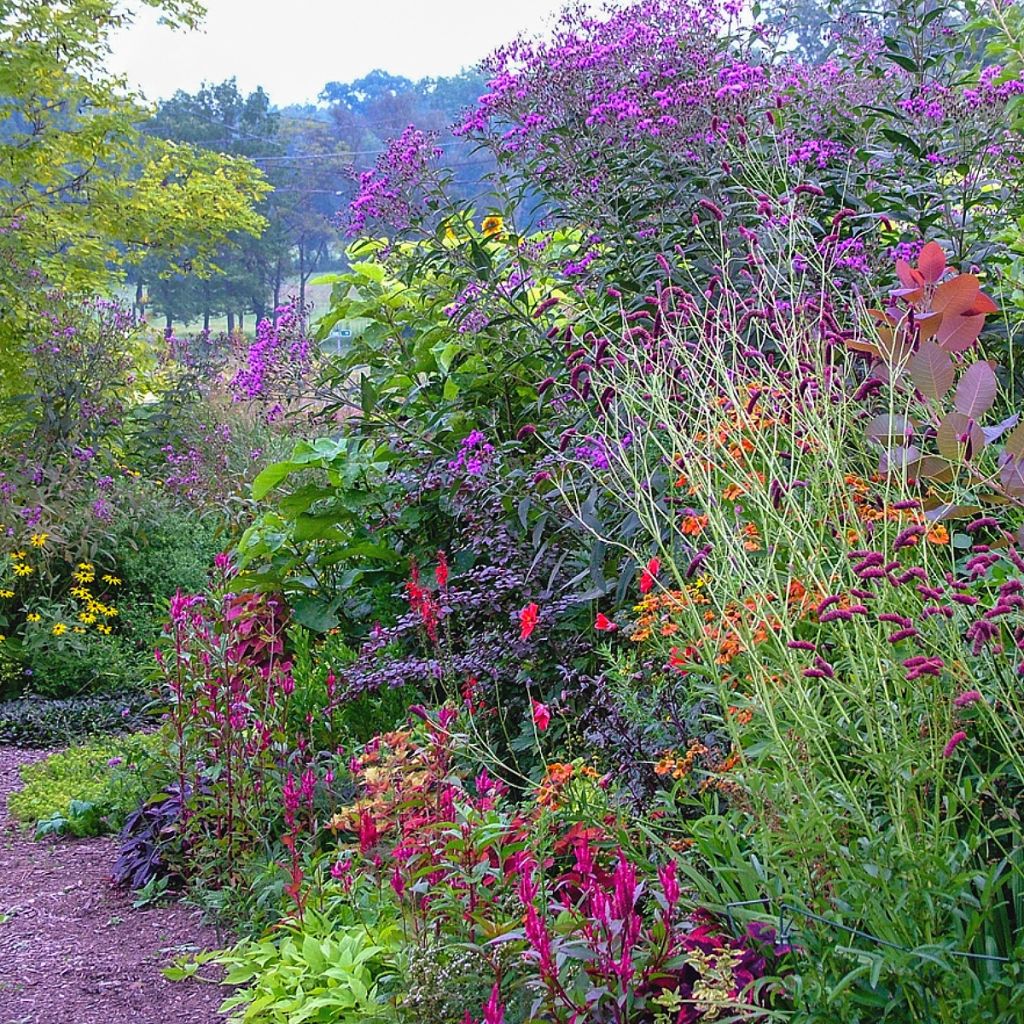

Vernonia gigantea - Vernonie géante
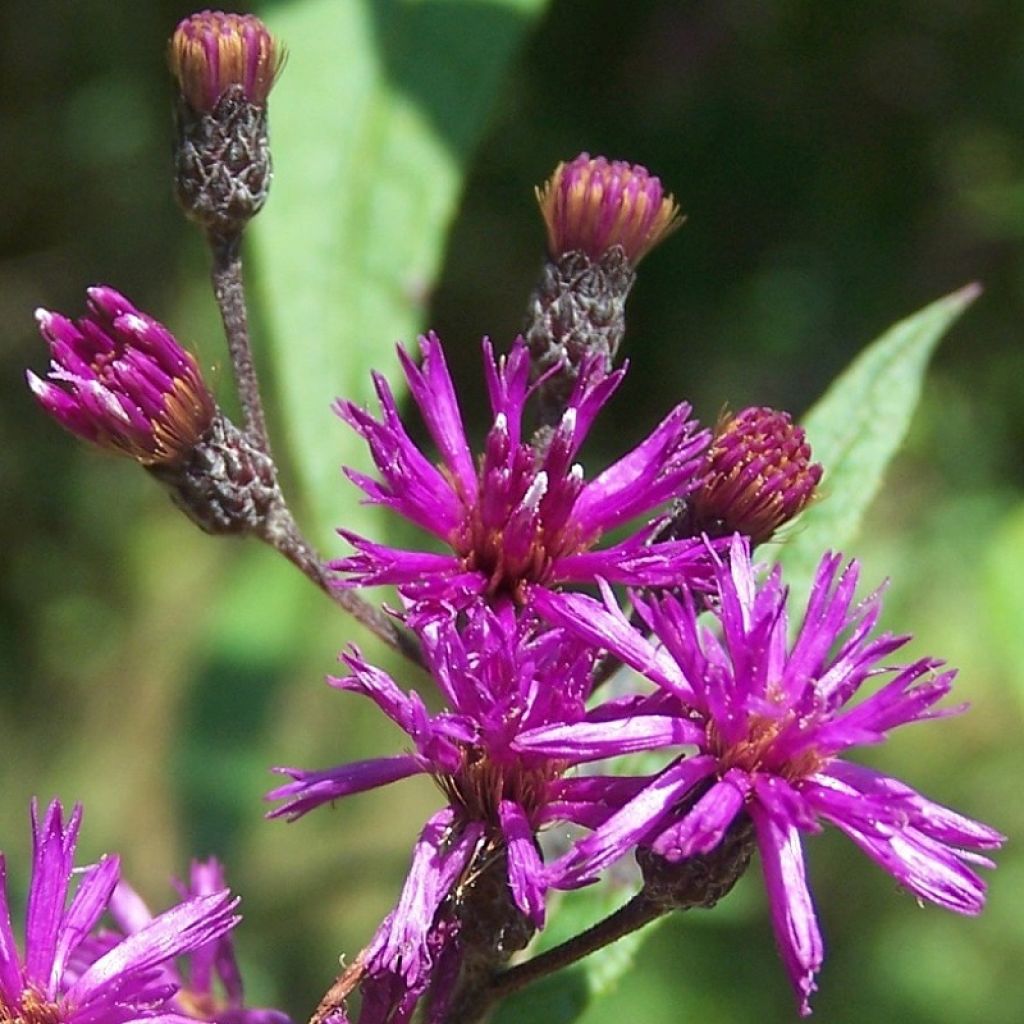

Vernonia gigantea - Vernonie géante
Vernonia gigantea - Ironweed
Vernonia gigantea
Ironweed
Why not try an alternative variety in stock?
View all →This plant carries a 12 months recovery warranty
More information
We guarantee the quality of our plants for a full growing cycle, and will replace at our expense any plant that fails to recover under normal climatic and planting conditions.
From €5.90 for pickup delivery and €6.90 for home delivery
Express home delivery from €8.90.
Does this plant fit my garden?
Set up your Plantfit profile →
Description
Vernonia gigantea is the tallest and most impressive of the Vernonia genus which includes robust perennials closely related to large asters. This magnificent wild vernonia has brilliantly coloured, eye-catching violet-purple flowers in the second half of summer. This proud plant is formed by tall sturdy stems adorned with large leaves, particularly ornamental in rich and moist soil. It thrives in the sun, in the back of a border with large asters, or near water.
Vernonia gigantea belongs to the Asteraceae family. It is a perennial herbaceous plant native to the eastern United States where it can be found in wet ditches along roads, in meadows, and open forests. Anchored by a strong perennial crown, this species can reach heights between 2 and 3 metres (7 and 10 feet), and spread 70-80 cm (28-32in) on the ground. The size of the plant depends on the fertility of the soil and its moisture content. Its growth is quite fast, but it takes two years to establish. It forms a clump of tall and sturdy, straight, more or less hairy stems ranging from green to purple, bearing large alternate, simple, ovate, dark green leaves up to 23 cm (9in) long. Flowering occurs from August to September-October depending on the climate. At the tips of the stems, small fluffy, violet to magenta-purple pompom flowers appear, gathered in terminal bunches or corymbs. The flowers all open at the same time and are covered in butterflies. The vegetation is deciduous: it emerges from the ground each spring and dies in autumn.
Vernonia gigantea is easy to grow in the sun in consistent, slightly moist soil and blends well with a multitude of plants to form magnificent autumn compositions, especially with large asters and Meadowsweets; on the banks of a pond, it spreads quickly and looks good with joe-pye weeds, Lythrum salicaria, Filipendula rubra 'Venusta', Euphorbia palustris. In a wilder style, in the back of a border, this imposing perennial forms a very successful combination with Rudbeckia maxima, Red Angelica, and tall grasses: Miscanthus 'Malepartus', Panicum, Stipa...
Report an error about the product description
Vernonia gigantea - Ironweed in pictures
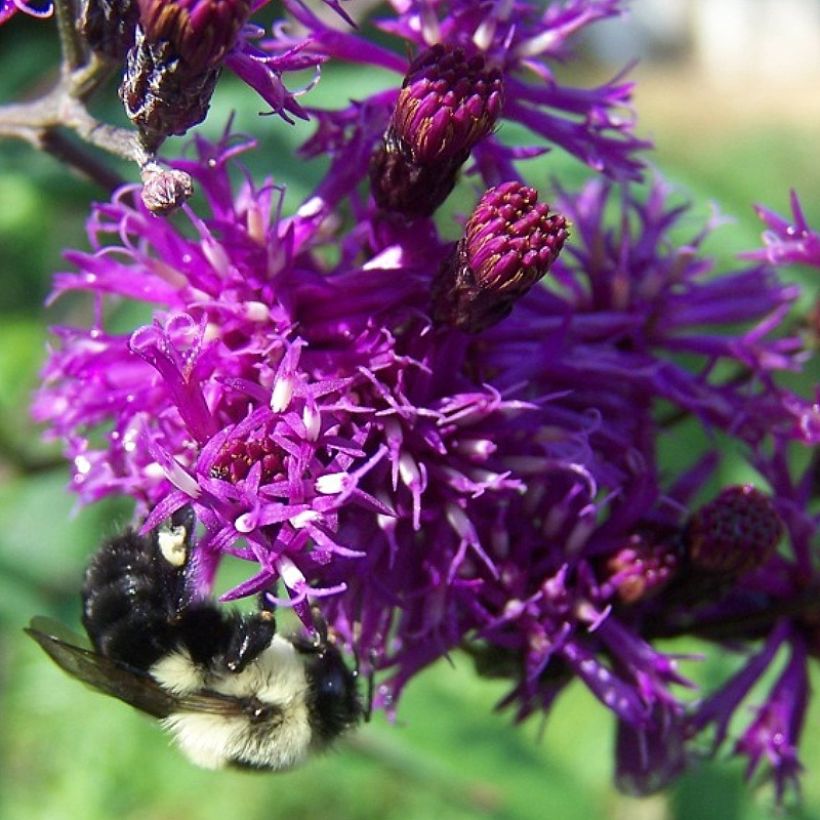





Flowering
Foliage
Plant habit
Botanical data
Vernonia
gigantea
Asteraceae
Ironweed
North America
Other Vernonia - Bitterleaf
Planting and care
Vernonia gigantea is a robust and hardy perennial plant that should be better known. It thrives in sunny positions in rich and deep soil, and tolerates clay soils well. It does not tolerate drought, but grows in any damp or moist soil. In very compact and heavy soil, leaf compost and coarse sand should be incorporated when planting. The clumps can be divided in spring or autumn when they become too large. Cutting back the vegetation in late spring helps to limit the height of the plant. Prune after flowering if you want to avoid self-seeding, or in late winter.
Planting period
Intended location
Care
This item has not been reviewed yet - be the first to leave a review about it.
Summer flowering perennials
Haven't found what you were looking for?
Hardiness is the lowest winter temperature a plant can endure without suffering serious damage or even dying. However, hardiness is affected by location (a sheltered area, such as a patio), protection (winter cover) and soil type (hardiness is improved by well-drained soil).

Photo Sharing Terms & Conditions
In order to encourage gardeners to interact and share their experiences, Promesse de fleurs offers various media enabling content to be uploaded onto its Site - in particular via the ‘Photo sharing’ module.
The User agrees to refrain from:
- Posting any content that is illegal, prejudicial, insulting, racist, inciteful to hatred, revisionist, contrary to public decency, that infringes on privacy or on the privacy rights of third parties, in particular the publicity rights of persons and goods, intellectual property rights, or the right to privacy.
- Submitting content on behalf of a third party;
- Impersonate the identity of a third party and/or publish any personal information about a third party;
In general, the User undertakes to refrain from any unethical behaviour.
All Content (in particular text, comments, files, images, photos, videos, creative works, etc.), which may be subject to property or intellectual property rights, image or other private rights, shall remain the property of the User, subject to the limited rights granted by the terms of the licence granted by Promesse de fleurs as stated below. Users are at liberty to publish or not to publish such Content on the Site, notably via the ‘Photo Sharing’ facility, and accept that this Content shall be made public and freely accessible, notably on the Internet.
Users further acknowledge, undertake to have ,and guarantee that they hold all necessary rights and permissions to publish such material on the Site, in particular with regard to the legislation in force pertaining to any privacy, property, intellectual property, image, or contractual rights, or rights of any other nature. By publishing such Content on the Site, Users acknowledge accepting full liability as publishers of the Content within the meaning of the law, and grant Promesse de fleurs, free of charge, an inclusive, worldwide licence for the said Content for the entire duration of its publication, including all reproduction, representation, up/downloading, displaying, performing, transmission, and storage rights.
Users also grant permission for their name to be linked to the Content and accept that this link may not always be made available.
By engaging in posting material, Users consent to their Content becoming automatically accessible on the Internet, in particular on other sites and/or blogs and/or web pages of the Promesse de fleurs site, including in particular social pages and the Promesse de fleurs catalogue.
Users may secure the removal of entrusted content free of charge by issuing a simple request via our contact form.
The flowering period indicated on our website applies to countries and regions located in USDA zone 8 (France, the United Kingdom, Ireland, the Netherlands, etc.)
It will vary according to where you live:
- In zones 9 to 10 (Italy, Spain, Greece, etc.), flowering will occur about 2 to 4 weeks earlier.
- In zones 6 to 7 (Germany, Poland, Slovenia, and lower mountainous regions), flowering will be delayed by 2 to 3 weeks.
- In zone 5 (Central Europe, Scandinavia), blooming will be delayed by 3 to 5 weeks.
In temperate climates, pruning of spring-flowering shrubs (forsythia, spireas, etc.) should be done just after flowering.
Pruning of summer-flowering shrubs (Indian Lilac, Perovskia, etc.) can be done in winter or spring.
In cold regions as well as with frost-sensitive plants, avoid pruning too early when severe frosts may still occur.
The planting period indicated on our website applies to countries and regions located in USDA zone 8 (France, United Kingdom, Ireland, Netherlands).
It will vary according to where you live:
- In Mediterranean zones (Marseille, Madrid, Milan, etc.), autumn and winter are the best planting periods.
- In continental zones (Strasbourg, Munich, Vienna, etc.), delay planting by 2 to 3 weeks in spring and bring it forward by 2 to 4 weeks in autumn.
- In mountainous regions (the Alps, Pyrenees, Carpathians, etc.), it is best to plant in late spring (May-June) or late summer (August-September).
The harvesting period indicated on our website applies to countries and regions in USDA zone 8 (France, England, Ireland, the Netherlands).
In colder areas (Scandinavia, Poland, Austria...) fruit and vegetable harvests are likely to be delayed by 3-4 weeks.
In warmer areas (Italy, Spain, Greece, etc.), harvesting will probably take place earlier, depending on weather conditions.
The sowing periods indicated on our website apply to countries and regions within USDA Zone 8 (France, UK, Ireland, Netherlands).
In colder areas (Scandinavia, Poland, Austria...), delay any outdoor sowing by 3-4 weeks, or sow under glass.
In warmer climes (Italy, Spain, Greece, etc.), bring outdoor sowing forward by a few weeks.




































